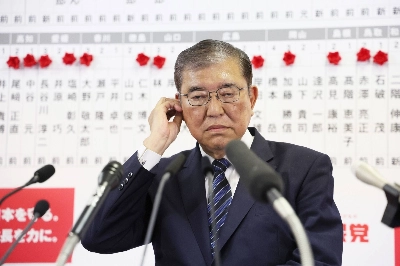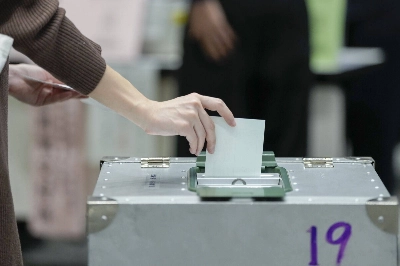Just a month after becoming prime minister, Shigeru Ishiba and his Liberal Democratic Party were handed a punishing defeat, losing a whopping 64 seats along with their junior coalition partner, Komeito.
This was a major defeat for the former ruling party, who failed to win even enough seats to secure a simple majority with Komeito. This will have profound policy implications going forward as the government adjusts to a new normal in Japanese politics. To understand these implications, it is necessary to break down how this happened and what comes next.
The LDP under Ishiba was vying for at least a simple majority of 233 seats in the Lower House, which seemed achievable since the ruling coalition held 279 seats going into the race. However, the opposition parties rallied enough public support and handed the former ruling party its worst loss since 2009, with the LDP and Komeito securing only 215 seats in total.





















With your current subscription plan you can comment on stories. However, before writing your first comment, please create a display name in the Profile section of your subscriber account page.